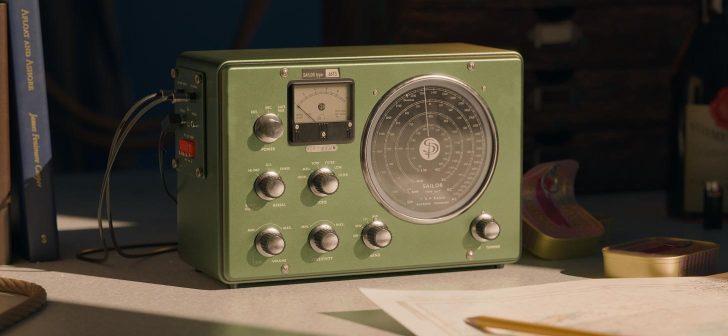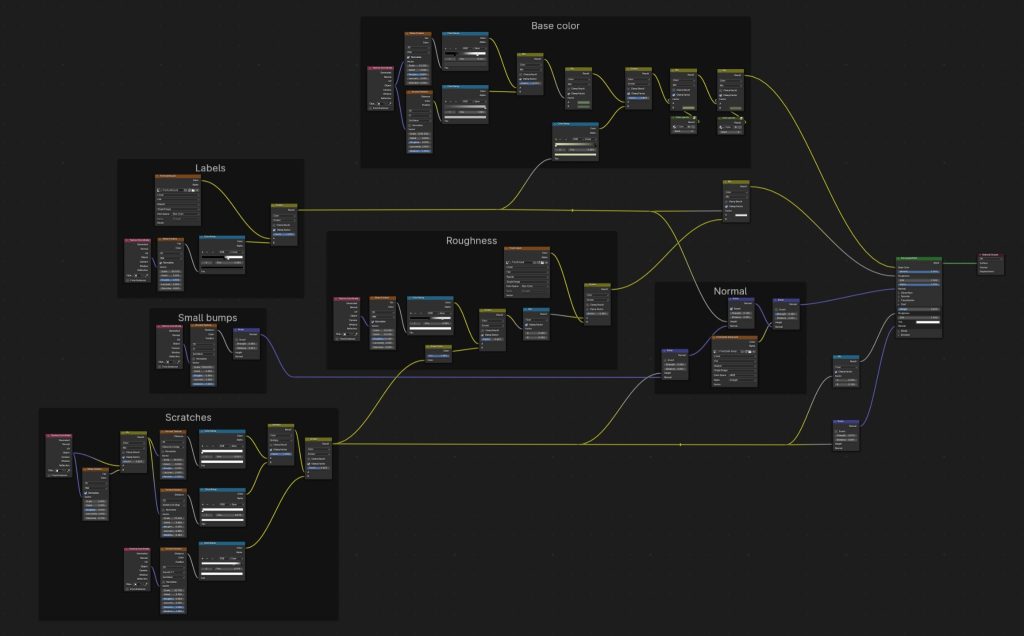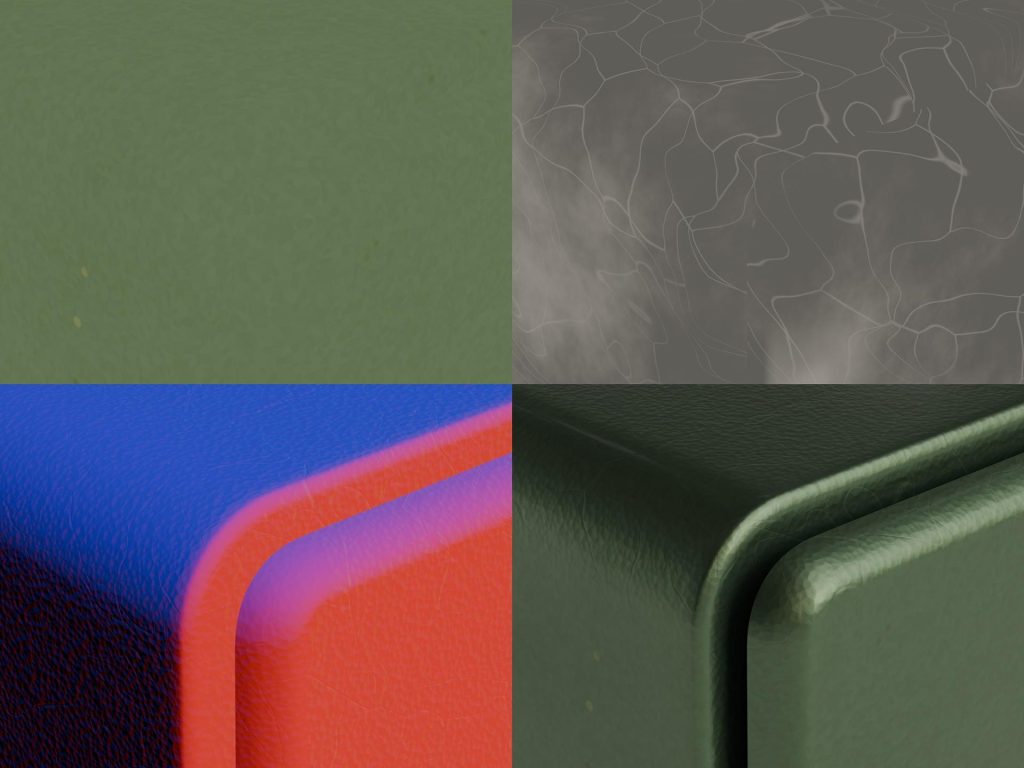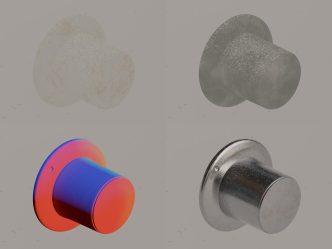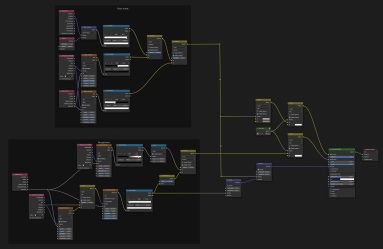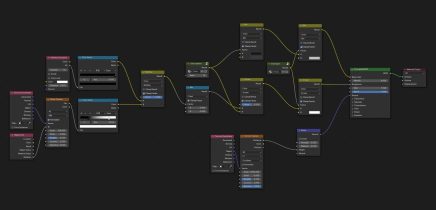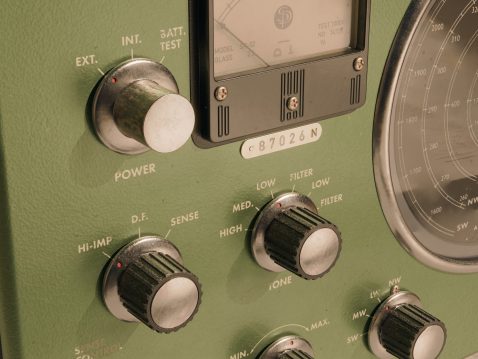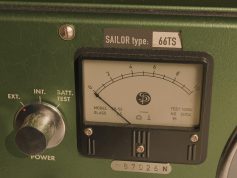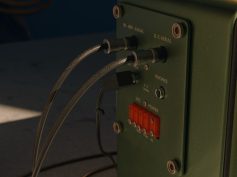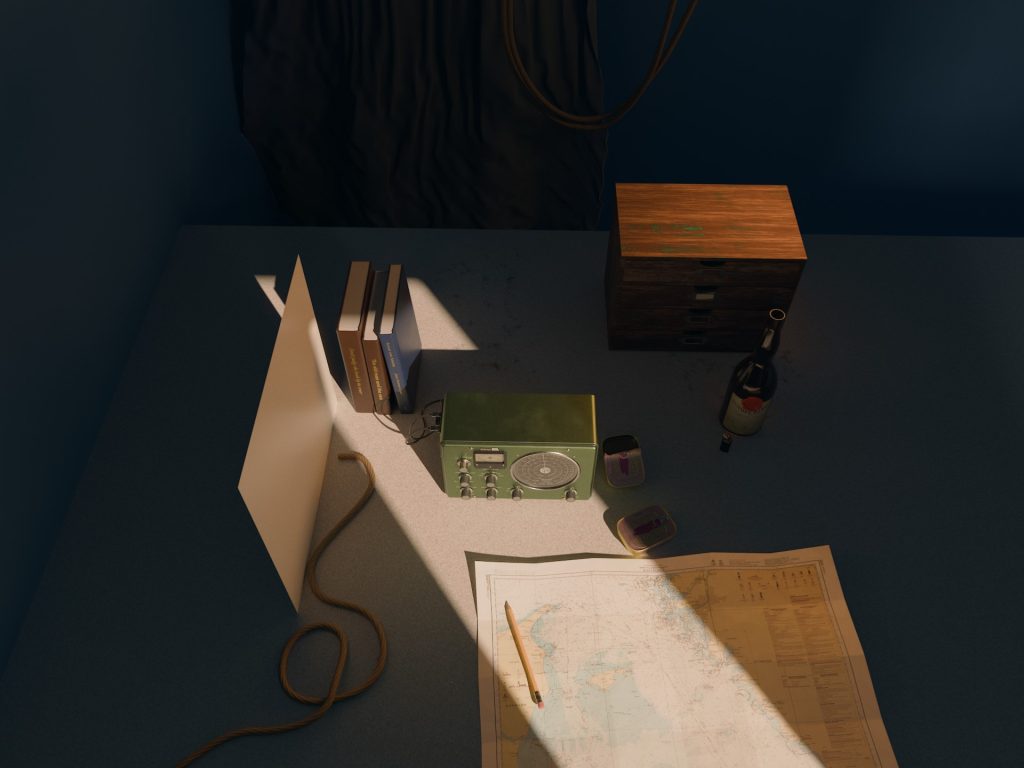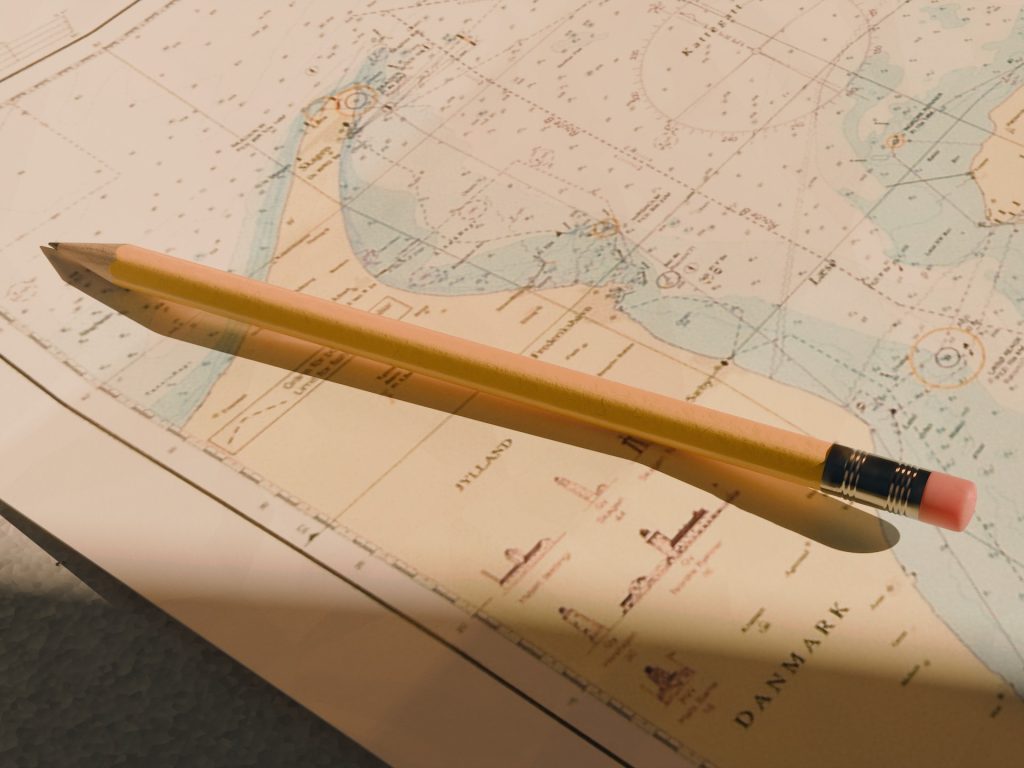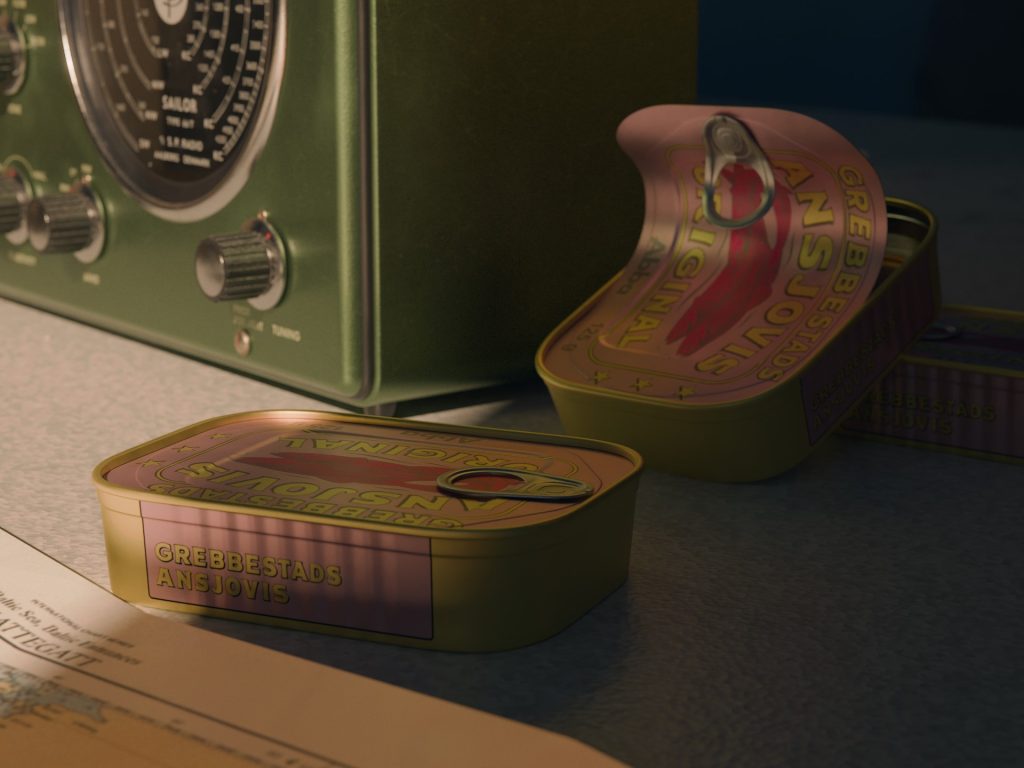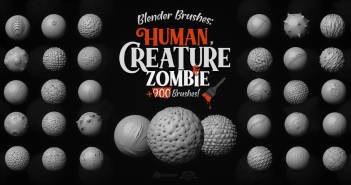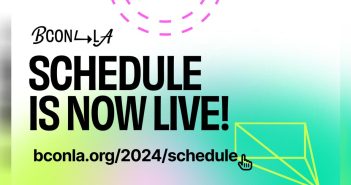INTRODUCTION
Hi, my name is Peter Simonsson and I live in Malmö, Sweden, dividing my time between Malmö and Scotland. I started getting into Blender in April 2023. I’m a front-end web developer and the motivation for starting out was to expand into creating real-time graphics for the web. Since then, I’ve had a great time learning about 3D graphics in general and Blender specifically.
INSPIRATION
I use Pinterest for finding inspiration whenever I’m looking for a new project. I usually like working on different objects and the Pinterest algorithm has been very useful in serving up interesting ideas in this area. Among pictures of tech gadgets, vintage cameras, and interior decoration items, I found a photo of this shortwave radio receiver and liked its rugged and utilitarian appearance.
PROCESS
This piece was created on a Macbook Pro M1 and Linux desktop workstation with an Nvidia RTX 4080. Almost all of it was created inside Blender, with some texture work in Photoshop. I made this while trying out the beta version of Blender 4.1.
Modeling
I started modeling the basic shape of the radio. The object consists of two separate main parts—the housing and the front plate. These two pieces are separated by a rubber strip. The front plate has an inset hole for the dial. The radio was modeled using a mix of subdivision surface and bevel modifiers.
I apply bevels where I want them with vertex groups, and use subdivision surface to add geometry to make things properly rounded. The different screws, connectors, and knobs were modeled once and then instanced in the other places.
Below are some renders I made during the process. As you can see, I start working on materials pretty early in the process. I find it helps to get a sense for where the piece is going.
Materials
The green metal material is mostly procedural with just an image texture for the labels. The base color is a Voronoi texture with two different shades of green and some specks of color on top for variation. It has an approximation of random scratches that are used for the roughness and normal. They are not very realistic but do help to make the surface look less uniform.
Base color, roughness (exaggerated), normal and shader output:
Metal & Plastic materials
The metal materials for the dials mention:
- random from object info to avoid same placement on different objects
- layer of dust specks on top
Metal material:
Plastic material:
Close-ups:
Putting the scene together
After the modeling and materials were finished, I wanted to make a scene around the object to make for a more complete picture. Because this object is intended to be used on boats, I wanted to go for a nautical theme. In the real world, the radio receiver would be mounted in a dark place and all my reference images had a thick layer of dust on top of it. I figured I would go for something a little more picturesque.
I modeled a small room with a slim opening for a sun light. The radio receiver was placed on a surface with a drop behind it to look like a tabletop.
In hindsight it would have been best, at this point, to sketch out what I wanted the scene to look like. Instead, I started modeling props and ended up moving them around for quite some time before I was happy with the result.
There is a rear orange light to give the scene more depth. This light worked well on different items but was too impactful on the tabletop. I used light linking to make the rear light only affect the objects that needed it. This can be seen clearly in the scene overview below.
RENDER: Shortwave Receiver
Thank you for reading this article. If you have any questions, please feel free to reach out to me through any of my social media accounts. Have a great day!
About the Artist
Peter Simonsson is a web developer and recreational 3D artist based in Malmö, Sweden.


